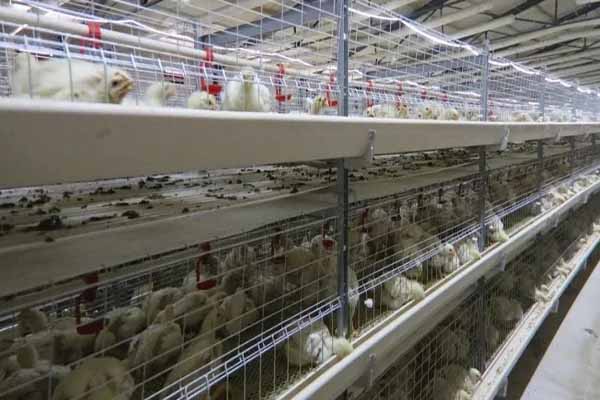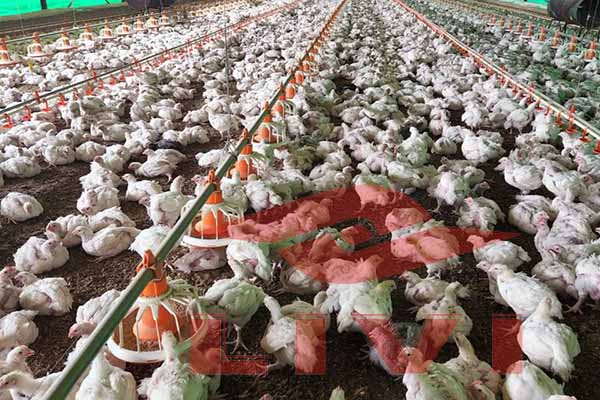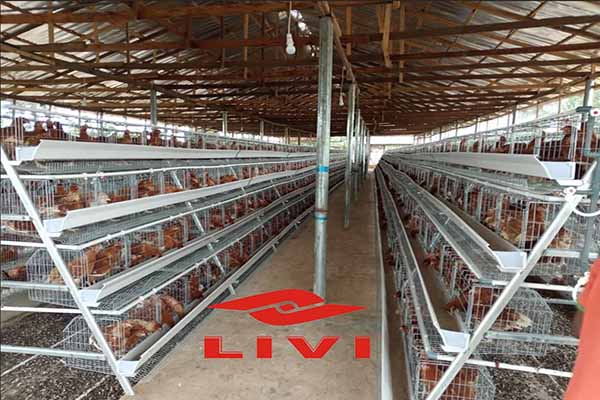Layer Cage Automation: Enhancing Efficiency in Poultry Farming
As the poultry industry continues to evolve, automation has become a crucial factor in increasing efficiency and reducing labor costs. One key aspect of automation is the use of layer cages. This article explores the various automation options available for layer cages, providing valuable insights for chicken farm owners and investors.

Types of Layer Cage Automation Options
- Automatic Feeding Systems
- Feeding systems can be programmed to deliver feed at specific times, ensuring consistent nutrition for the chickens.
- With automated feeding, you can reduce the need for manual labor and minimize feed waste.
- Watering Systems
- Automated watering systems provide a constant supply of clean water to the chickens, improving their health and productivity.
- These systems can also be adjusted to maintain optimal water pressure and flow.
- Egg Collection Systems
- Automated egg collection systems reduce the need for manual sorting and handling, thereby reducing the risk of egg damage.
- These systems can also be equipped with sensors to detect and collect eggs at regular intervals.
- Airflow and Temperature Control
- Automated systems can maintain optimal airflow and temperature in the layer cages, ensuring a comfortable environment for the chickens.
- This can lead to better health, reduced mortality rates, and increased egg production.
- Health Monitoring and Management
- With automated health monitoring systems, you can track the health of your chickens in real-time, enabling timely interventions to prevent disease outbreaks.
- These systems can also provide valuable data for analysis and improvement of farm operations.</l
 i>
i>
Benefits of Layer Cage Automation
Implementing layer cage automation offers several benefits, including:
- Increased Efficiency: Automation reduces the need for manual labor, allowing you to focus on other critical aspects of your farm.
- Reduced Costs: By minimizing labor costs and reducing feed and water waste, automation can lead to significant cost savings.
- Improved Animal Welfare: Automated systems ensure a comfortable and healthy environment for the chickens, leading to better overall welfare.
- Enhanced Productivity: With optimized conditions and timely interventions, automation can lead to increased egg production and reduced mortality rates.
Choosing the Right Automation Solution
Selecting the right automation solution for your layer cages is crucial. Consider the following factors:
- Size of Your Farm: The scale of your operation will influence the complexity and cost of the automation system.
- Budget Constraints: Determine your budget and choose an automation solution that fits within your financial limits.
- Specific Needs: Identify your specific requirements, such as feeding, watering, egg collection, and health monitoring.
- Reliability and Support: Choose a reputable supplier that offers reliable products and excellent customer support.
For pro fessional guidance and to receive a free chicken farming design and equipment quotation, please leave a comment below or contact us directly.
fessional guidance and to receive a free chicken farming design and equipment quotation, please leave a comment below or contact us directly.




